Raphaël Mitteau
IRFM
Detection of Thermal Events by Semi-Supervised Learning for Tokamak First Wall Safety
Jan 19, 2024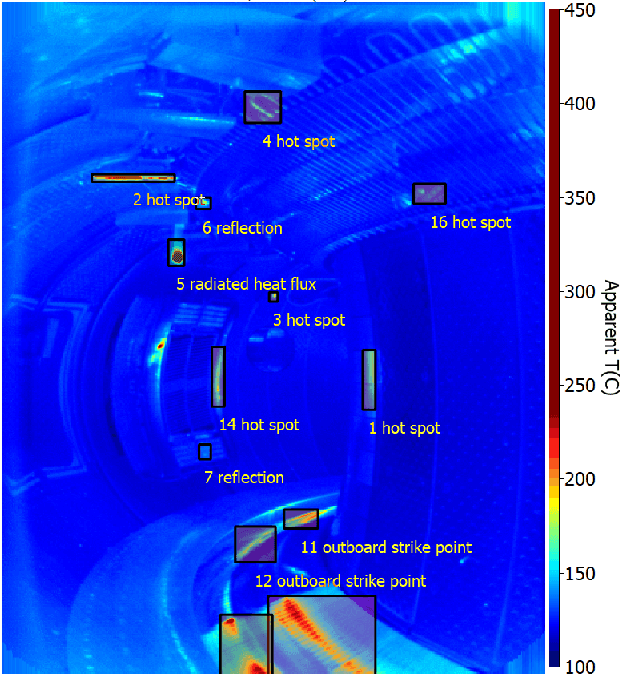
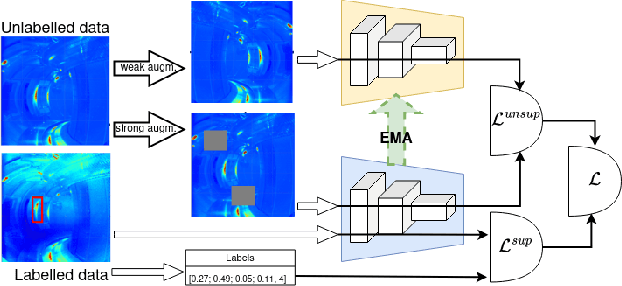
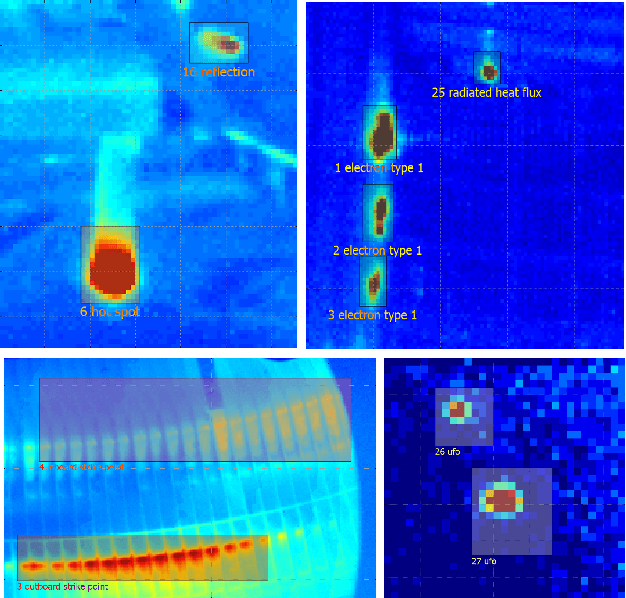
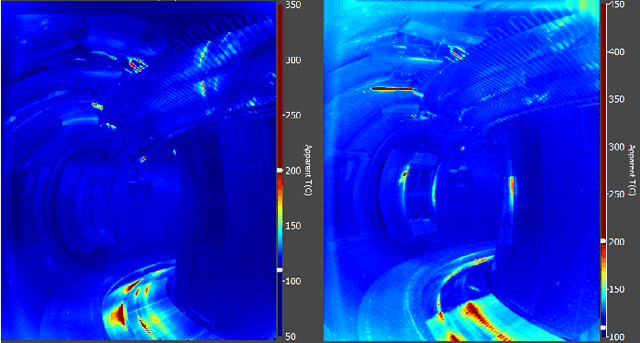
Abstract:This paper explores a semi-supervised object detection approach to detect hot spots on the internal wall of Tokamaks. A huge amount of data is produced during an experimental campaign by the infrared (IR) viewing systems used to monitor the inner thermal shields during machine operation. The amount of data to be processed and analysed is such that protecting the first wall is an overwhelming job. Automatizing this job with artificial intelligence (AI) is an attractive solution, but AI requires large labelled databases which are not readily available for Tokamak walls. Semi-supervised learning (SSL) is a possible solution to being able to train deep learning models with a small amount of labelled data and a large amount of unlabelled data. SSL is explored as a possible tool to rapidly adapt a model trained on an experimental campaign A of Tokamak WEST to a new experimental campaign B by using labelled data from campaign A, a little labelled data from campaign B and a lot of unlabelled data from campaign B. Model performances are evaluated on two labelled datasets and two methods including semi-supervised learning. Semi-supervised learning increased the mAP metric by over six percentage points on the first smaller scale database and over four percentage points on the second larger scale dataset depending on the employed method.
WEST operation with real time feed back control based on wall component temperature toward machine protection in a steady state tungsten environment
Jan 06, 2021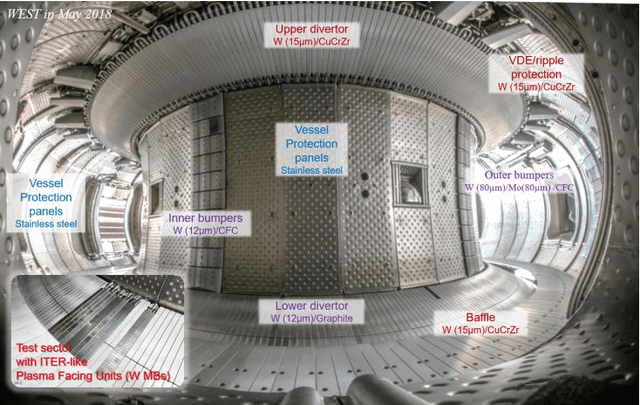
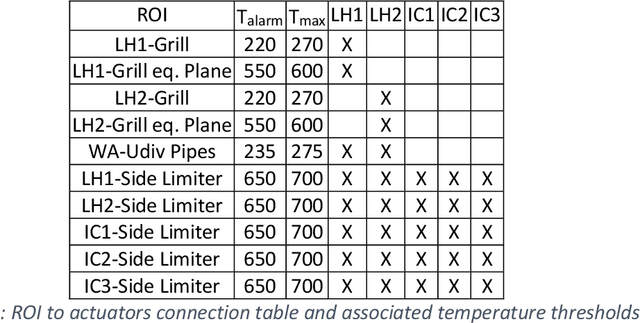
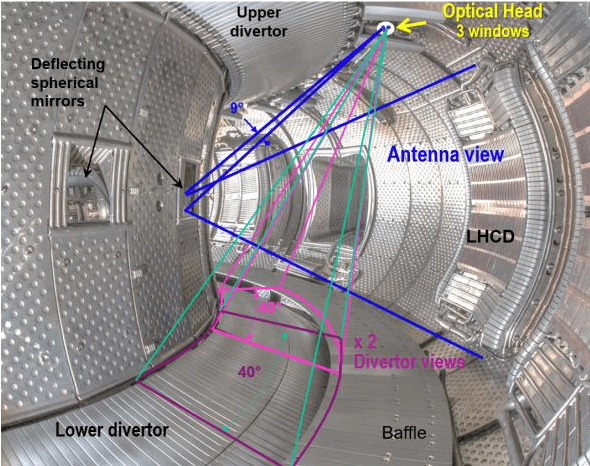

Abstract:A real time Wall Monitoring System (WMS) is used on the WEST tokamak during the C4 experimental campaign. The WMS uses the wall surface temperatures from 6 fields of view of the Infrared viewing system. It extracts the raw digital data from selected areas, converts it to temperatures using the calibration and write it on the shared memory network being used by the Plasma Control System (PCS). The PCS feeds back to actuators, namely the injected power from 5 antennae's of the lower hybrid and ion cyclotron resonance radiofrequency (RF) heating systems. WMS activates feed back control 63 times during C4, which is 14% of the plasma discharges. It activates mainly as the result of a direct RF loss to the upper divertor pipes. The feedback control maintains the wall temperature within the operation envelope during 97% of the occurrences, while enabling plasma discharge continuation. The false positive rate establishes at 0.2%. WMS significantly facilitated the operation path to high power operation during C4, by managing the technical risks to critical wall components.
 Add to Chrome
Add to Chrome Add to Firefox
Add to Firefox Add to Edge
Add to Edge